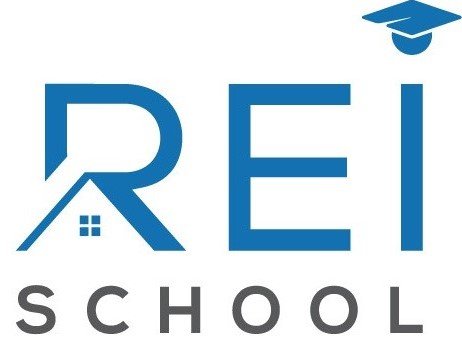January 27, 2025 | 2.5 Minute Read
Last week I was sent a portfolio of 50 turnkey houses from an investor looking to retire and cash out. That got me thinking. This would be a great time to dive in to the pros and cons of purchasing a portfolio of rental properties.

PROS
Immediate Scale: Acquiring a portfolio allows you to scale operations quickly. Rather than purchasing properties one at a time, you gain access to multiple units at once, reducing the time and effort required to grow your rental holdings.
Reduced Transaction Costs: Bundling properties into one transaction often results in lower overall costs, including legal fees, inspections, and appraisals, compared to purchasing each property individually.
Established Cash Flow: Rental portfolios typically come with existing tenants and leases in place, providing immediate cash flow. This is especially beneficial for investors seeking passive income from day one.
Better Financing: Lenders may offer more favorable terms for portfolio loans compared to individual property loans. Bulk financing can simplify the borrowing process and reduce interest rates or fees.
Property Management: If the portfolio includes properties in a single location, managing them becomes easier. Some portfolios may even come with an established property management team, reducing the need for new hires or training.
CONS
Upfront Capital Requirements: Purchasing a portfolio often requires a significant initial investment. This includes not just the down payment but also closing costs, lender fees, inspections, and potential renovation expenses.
Due Diligence: When buying multiple properties in one deal, the time and resources for individual inspections and evaluations are limited. This increases the risk of hidden problems, such as deferred maintenance or legal issues.
Tenant-Related Risks: Existing tenants can be a mixed blessing. While they provide immediate income, you inherit any problematic renters or below-market leases, which can hurt cash flow.
Potential Overvaluation: Some sellers package properties together to offload underperforming or undesirable assets. Without thorough analysis, you risk overpaying for a bundle that includes properties with a poor ROI.
Now that you understand the pros and cons to purchasing a rental portfolio, let’s offer some tips to evaluating the properties before you decide to make an offer.
Perform Due Diligence: Inspect each property, condition, review lease agreements, interview tenants, and analyze the local market conditions.
Review Financials: Review last 12 months rental income, operating and maintenance expenses, and potential capital expenditures.
Understand the Market: Ensure the locations align with your investment goals, whether they prioritize cash flow or appreciation.
Consult your Team: Work with real estate attorneys, appraisers, and accountants to avoid overlooking crucial details.
Plan for Management: Determine whether the portfolio’s existing management team is suitable or if changes are needed.
Purchasing a real estate portfolio offers the opportunity to scale your investments, diversify your holdings, and achieve immediate cash flow. However, it also comes with risks, including high upfront costs, limited property-specific analysis, and potential tenant challenges. By weighing the pros and cons and performing thorough due diligence, you can decide whether this strategy aligns with your financial goals and risk tolerance.
As for the portfolio of 50 houses, I will keep you posted on how we proceed with it.
